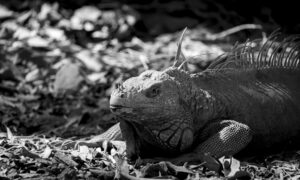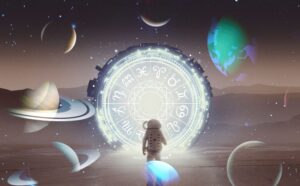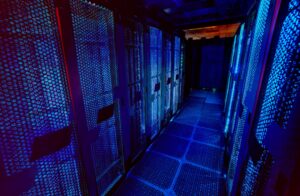On April 30th, 1538, during the era of Spanish conquistadors, a man named Blas del Castillo traveled with a group of workers to the Masaya volcano in what is now Nicaragua due to rumors that its lava lake contained molten gold. Over several months, they extracted molten material from its active lava lake, believing they had struck it rich. However, they were disappointed when no gold or silver was found upon analyzing the samples they obtained.
Although this story is an amusing anecdote, there is, in fact, a volcano that erupts molten gold, and it is erupting right now. This gold does not flow out of the volcano as tons of material each day but rather releases millions of tiny solid gold crystals into the air. The volcano that produces this gold is known as Mount Erebus, which emits approximately 80 grams of gold each day.

Mount Erebus is located far south of New Zealand in Antarctica, centered 37 kilometers north of McMurdo Station. This volcano is unusual for several reasons. Not only is it the tallest active volcano in Antarctica, but it is also one of the coldest. Yet, at its summit is an active lava lake, one of only seven out of more than 1,300 volcanoes worldwide. Erebus is the tallest volcano to contain an active lava lake, and the rapid cooling due to the frigid temperatures might explain why it is the only volcano known to emit solidified gold particles.
Gold is relatively common in deep magma chambers, where it typically occurs in concentrations of less than 1 part per million in the molten material. Some of this gold is then concentrated and brought to the surface through heated water, where it is deposited at depth in the conduit the water takes right above where the water boils. Thus, many gold deposits formed beneath ancient active volcanoes on what used to be a series of hot springs. Gold can also be precipitated around volcanic fumaroles or even around the active volcanic crater of an erupting volcano. For example, the Galeras volcano in Colombia produces 56 grams of gold each day, which is deposited around its highly active vent.
The deposition of gold at Mount Erebus is relatively similar, except in this case, microscopic particles of gold crystallize on the cooler crust of its lava lake. For several minutes to hours, additional gold particles grow around a piece of material. Then, volcanic gas lofts particles of the recently deposited gold into the air, where they fall within a 2-meter radius of the lava lake. These particles are quite small, ranging from 0.1 to 80 micrometers, where a micrometer is one-millionth of a meter. Other elements are also deposited around the crater walls, including zinc and copper, which solidify as the respective minerals sphalerite and chalcopyrite.
A second reason why the emplacement of solid gold does not occur at other volcanoes relates to the eruptive style at Mount Erebus. Its eruptions typically consist of a persistent lava lake that refills and drains over time but occasionally produces volcanic explosions in either strombolian or phreatomagmatic eruptions. During the peaceful portion of the eruption when a simple lava lake is present, very little gas is emitted, allowing the crystals to grow. At other volcanoes that frequently contain lava lakes, such as Kilauea in Hawaii or Ambrym in Vanuatu, higher amounts of gas are emitted, which do not allow time for crystals of gold to grow.
You might wonder if the 80 grams of gold produced each day could be commercially mined, as at current prices, that would be worth $5,421 US Dollars each day. The quick answer is no, as it would be too dangerous to mine due to the threat of random volcanic explosions and would not be cost-effective given the extreme remoteness of Mount Erebus. Regardless, this scenic volcano produces 29.2 kilograms or 64.4 pounds of gold each year, worth a total of about 2 million US dollars.






